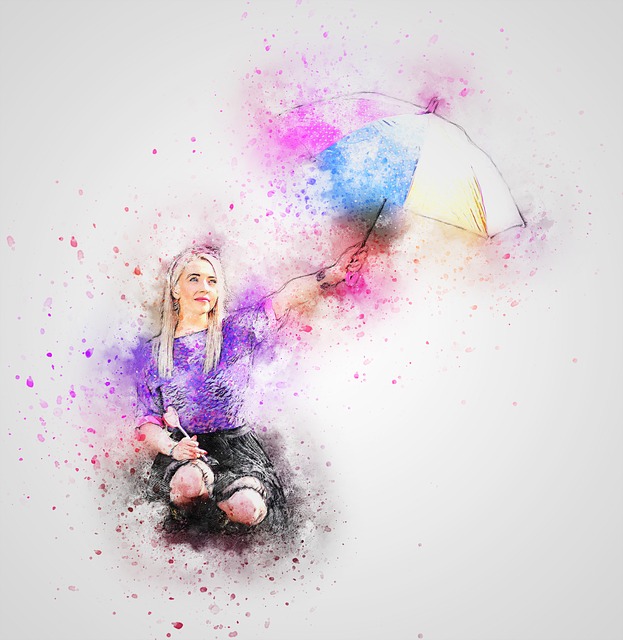
There’s something magical about brand equity: Where alchemists in the Middle Ages were obsessed with extracting gold from lead and iron, brand managers are trying to add value to products and services with carefully crafted brand communications. Creative people turn simple T-shirts, sneakers, or even commodities like calling minutes into desirable objects, but how? How can a little communication increase the value of the brand?
The good reputation of an artist, like a strong brand, can add significant value to the product. This added value is not just a higher price: acquaintances also attribute more esthetic and artistic value to such a painting. Where galleries, museums, journalists, auction houses, art consultants and artists create an artist’s own reputation, brand value is also a co-production.
“The reputation of an artist adds enormous value”
Some experience this fascination with value when they watch the BBC program ‘Fake or Fortune’ in which the presenters try to multiply the value of a work of art by determining the origin of a work of art. If source research, pigment analysis, X-rays and exhibition catalogs show that the work was indeed done by a renowned artist, it is often worth hundreds of thousands. If the reputable auction house does not accept the work as authentic, it is usually valued at a maximum of several thousand euros. In other words, the reputation of the artist adds tremendous value.
Reputation research in art
An Art Economist from Madrid and a Marketing Professor explored how the reputation of an artist adds value to a work of art. A large group of art connoisseurs, gallery owners, curators, auctioneers, critics and collectors took part in an online experiment. Participants were able to see photos of two paintings. Both works were of the same size, had a similar color palette and style. The paintings were painted by José Manuel Broto, a Spanish mid-career painter, and by Nico Munuera, an unknown Spanish artist. In half of the cases, the name of the painter was given, and in the other half, the information was withheld.
“Influencers, celebrities, ‘connoisseurs,’ and other opinion leaders are the ones that push brand awareness.”
Art connoisseurs estimate the paintings’ worth to be around the same even though they don’t know the artist’s name. However, as you would imagine, the artist’s name and prestige will dramatically increase the painting’s value: knowing that the painting was created by Broto increased its value significantly, while knowing that the painting was created by Munuero had no effect on the painting’s estimated worth.
Recognition of art critics
Market value is, of course, created by the relationship between supply and demand, but other factors seem to play a role as well. In the case of art, value is the co-creation of artists, galleries, museums, auction houses and art consultants. When a museum adds an artist’s work to the collection.
What kind of art teaches us about brand equity?
Just like in the art world, in the world of brands, it’s not just the creators who create value: it’s the co-production of different parties. Of course, the quality of the work matters, but the value of painting can also be increased by art critics, auction houses, gallery owners and buyers.
“We don’t buy something because of a strong brand, but we do believe that these products are more beautiful and better” brand equity is driven by influencers, celebrities, “connoisseurs” or other opinion leaders. People are not simply buying a product or service because of a strong brand, but they are actually convinced that these products are more beautiful, better and more attractive. If you are your planning to make a business choose the strongest brand and services, you can also take to the best ‘seo malaysia’ they will help you to Increase your Business Revenue By Outranking Your Competitors.
